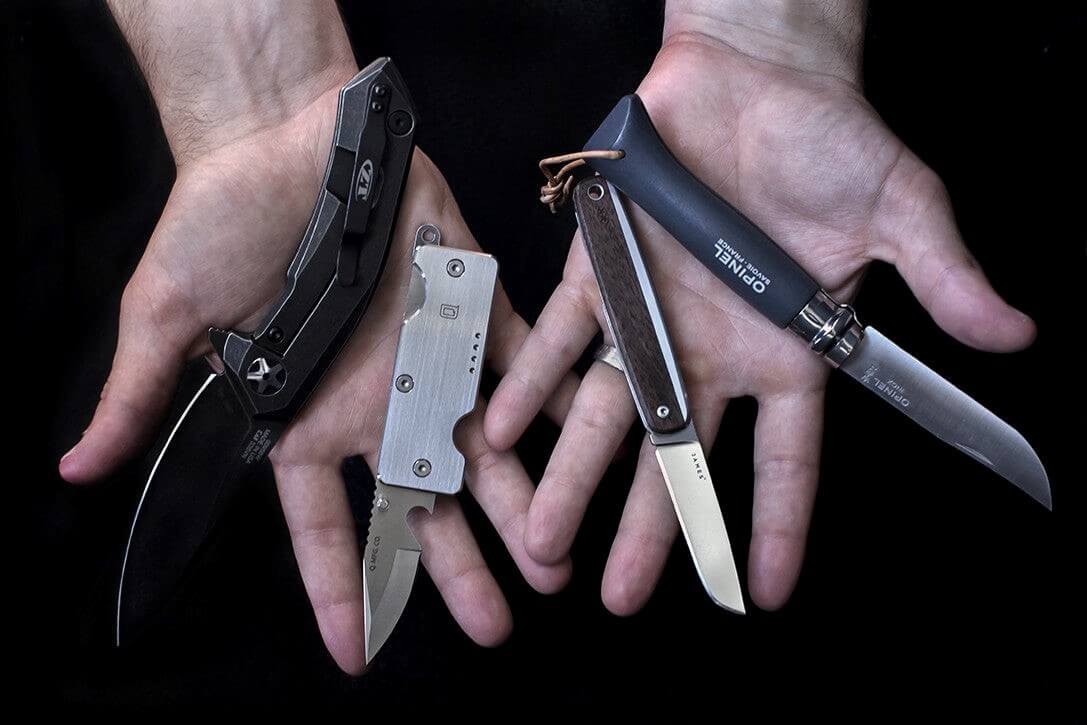
So you've finally gotten on board with the idea of adding a folding pocket knife to your everyday carry gear. You've realized their usefulness as tools and have overcome the preconceptions people have of them. You know they are more than weapons. You know they hold intrinsic value far beyond their reputation amongst commoners and you embrace that fact. You are ready. So what comes next?
The simplest answer - go buy a knife - may not be the right one. The knife world can be daunting for the untrained and it's all too easy to end up with something that may not be right for you without knowing for what to look. Even those who have already embarked on this odyssey could probably stand to learn a bit more. To be clear, this is not a comprehensive buyer's guide or an encyclopedic catalog, but rather an informational piece about one of the most important things to pay attention to when picking a knife - the locking mechanism. That being said, we do hope it goes a long way toward helping you better prepare yourself to purchase your first - or even your fifth - EDC pocket folder.
FRICTION FOLDER & SLIPJOINT
In the grand scheme of things, locking systems are a relatively new invention. Folding knives have existed since the time of the Roman Empire and true knife locks have, by contrast, only come into existence sometime in the last 120 years. That rounds out to be about 2,000 years, for those who are counting. There were, however, two precursors to knife locks that are worth noting, as they both still exist today. They are the friction folder and the slipjoint.
Some of the oldest folding knives featured a very simple design - a notched handle and a blade on a hinge that can collapse into said notch. But, the knife needed a way to stay open, lest the wielder wanted a permanently swinging blade and to possibly lose a few fingers. So the friction folder was invented. By simply extending the the blade past the hinge, a piece called the tang, the blade could be kept open with relative ease. When a friction folder is open, the tang fits snugly within the notch of the handle - the "friction" in friction folder - and the blade stays extended. And the wielder's fingers wrap around the handle, blocking the tang from swinging out.
The problem, however, lies in the fact that the tang - and by extension the blade - can still pivot somewhat and the security of the blade depends almost entirely on the strength of the user's grip. Without grasping the handle firmly, the blade has the potential to swing around. It also means no security in storage. If the blade can swing open in your hand, it can swing open in your pocket given the right circumstances. And over time, the friction can wear down, making the handle, blade, and tang become even less secure. To the inexperienced or careless wielder, that can be a very dangerous possibility.
Though not technically a knife lock, the slipjoint was the first attempt at creating a more secure way to keep a knife blade extended. Invented in England sometime in the mid-1600s, the slipjoint uses spring pressure to keep blades and tools closed and/or open and can be seen most commonly in Swiss Army Knives or old-style scout and hunting knives.
Typically, opening a slipjoint knife requires two hands - one to hold the handle and the other to extract the blade, overcoming the spring pressure - and the blade will 'slip' into place. The same pressure must be applied to the back of the blade in order to close it. This requires care and attention, however, because once the spring pressure is overcome, the blade will swing quickly and freely. And you wouldn't want your fingers getting in the way.
THE PIKE KNIFE FROM THE JAMES BRAND
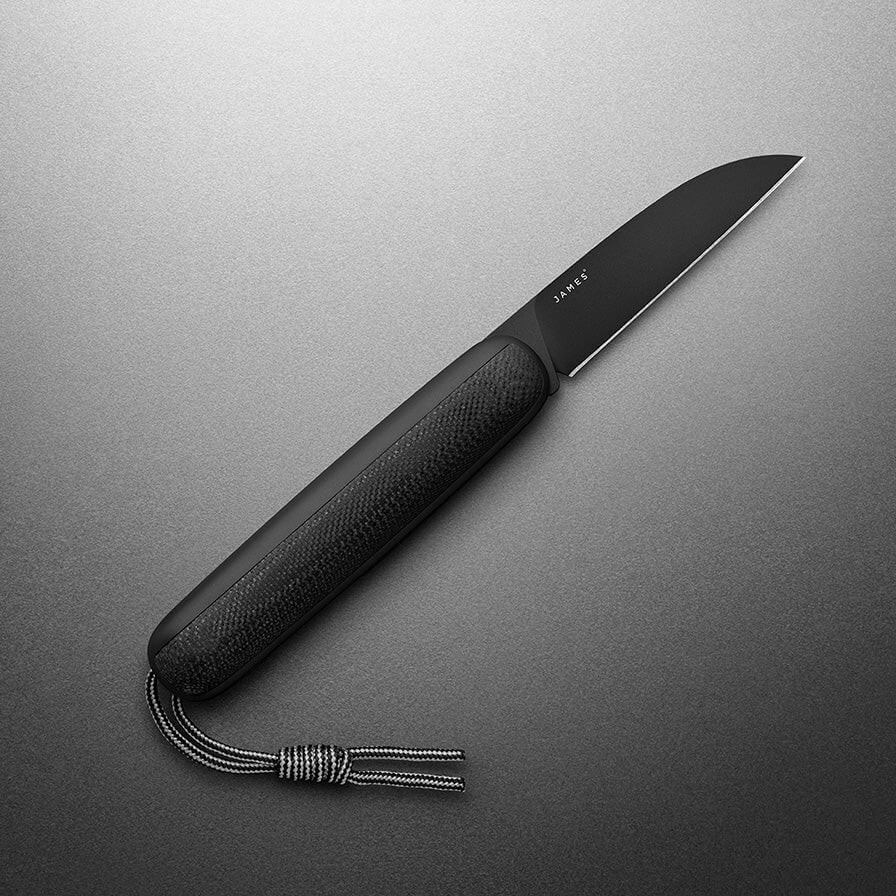
As folding knives have evolved over the last few decades, the classic non-locking slip-joint has largely gotten lost in the shuffle. The James Brand, however, is here to right that wrong with The Pike, an heirloom-quality non-locking knife that marries timeless design with modern, high-end materials to deliver beautifully-crafted non-locking folder that can proudly be passed down to future generations. Weighing in at 2.2oz, The Pike features a 2.3” Wharncliffe straight blade with a nail-nick opening that’s made from top-shelf Sandvik 12C27 steel and is mated to 3.4” stainless steel handles with black G-10 scales. Measuring 5.7” when open, The Pike also sports phosphor bronze washers and is backed by a limited lifetime warranty.
SPECIFICATIONS
- Sandvik 12C27 steel Wharncliffe straight blade
- Stainless steel frame w/ G-10 scales
- Black-on-black colorway
- Phosphor bronze washers
- 2.3” blade
- 3.4” handle
- 5.7” overall
- Modern take on a classic non-locking slip-joint
- Limited lifetime warranty
The Pike Knife
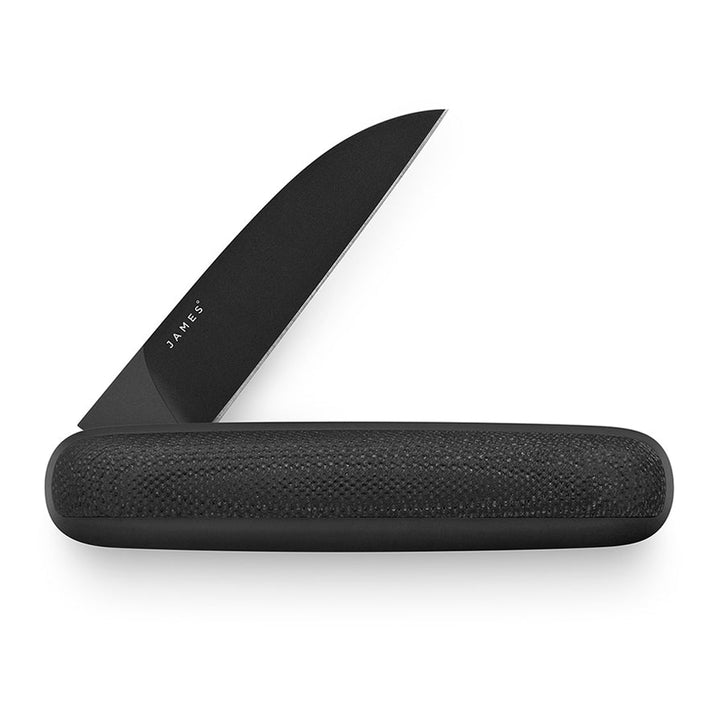
$149.00
[tab-section data-sc-active-background="#ffffff" data-sc-other-background="#ffffff" data-sc-color="#555555"][tab title="Details"] As folding knives have evolved over the last few decades, the classic non-locking slip-joint has largely gotten lost in the shuffle. The James Brand, however, is here to right that wrong with The Pike, an… read more
BACK LOCK
The next step in the evolution of the slipjoint is the back lock (alternatively, lockback or spine lock). Following the same principal of spring pressure, the back lock ups the security of the slipjoint via the addition of an interlocking spine system. A back lock knife features a blade with a notched tang and a spring-loaded notched 'spine' up the back of the knife. So, when the knife is opened, the blade and the spine slide together and interlock, the opposing pressure locking the knife in the open position. In order to close the knife, an exposed section of the spine must be pushed, unlocking the two parts and allowing the blade to fold closed.
This type of locking system is common amongst classic American hunting knives, like the Buck Knives 110 Folding Hunter. Their security is a huge benefit, but generally requires two hands in order to open and close without risk. Regardless, they are still common to see on the market, even on newer knife models.
THE BANDIT TITANIUM KEYCHAIN KNIFE FROM QUIET CARRY
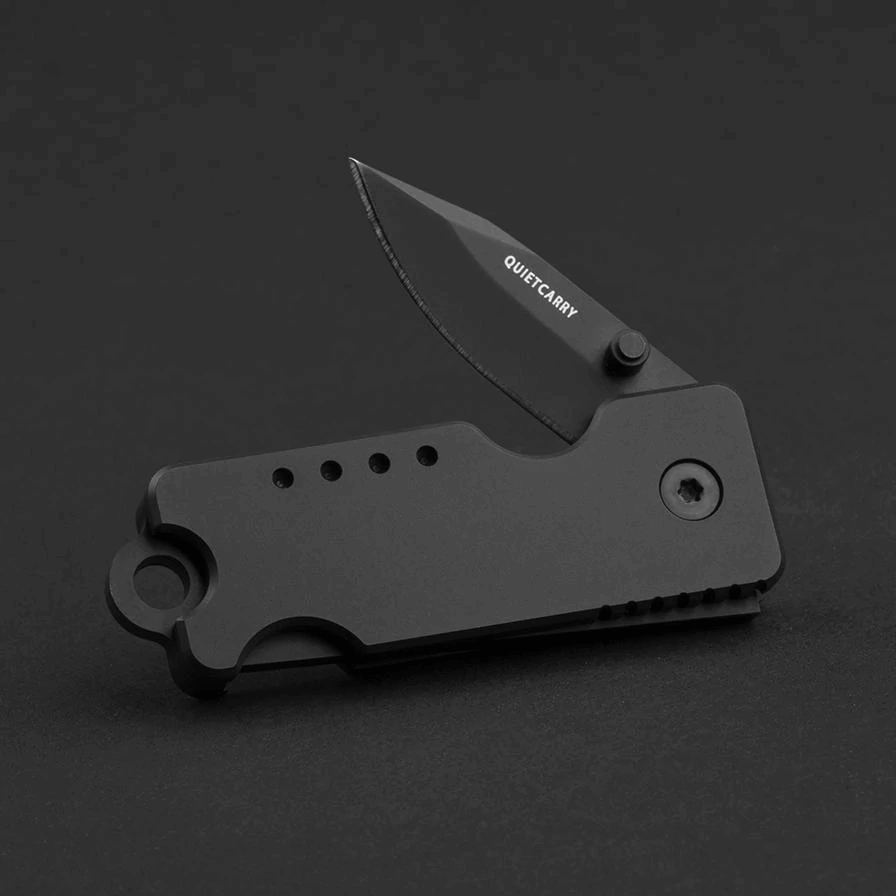
Just because you don't have room in your pockets for a full-sized knife, it doesn't mean you should go without a cutting tool. Especially when there's something like Quiet Carry's Bandit titanium keychain knife around. This Gallantry-exclusive all black PVD micro blade is a grand total of 3 inches in length when opened, folds down to under 2 inches, but is still a fully-featured folder. The clip point blade, which is constructed from sturdy AUS 8 steel, is mated to a black PVD coated grade-5 titanium handle with a reliable back lock, and the whole tiny package can be looped onto your keychain alongside all your other keys.
SPECIFICATIONS
- Gallantry Exclusive Black PVD coating
- AUS 8 steel blade
- 6AL4V titanium handle
- 416 stainless steel hardware
- Back lock
- 1.2" blade
- 1.8" handle
- 3" length overall
AXIS/ARC/TRI-AD/CAM LOCKS
Benchmade's Axis, SOG's Arc, Cold Steel's Tri-Ad, and - more generally - cam locks all operate on the same idea, even though they look somewhat different. Other variations on the theme include the piston lock and bolt-action lock. At the core, they are all advanced versions of a back lock. They all use some kind of spring-loaded rod or pin to slip into a notch on the tang of the blade that, in order to close the knife, must be pulled back by hand to release the tension.
Though their individual designs vary - for example, the Axis moves into and out of locking position in a straight line, but the Arc moves into and out of position in an arc motion - the basic concept doesn't actually change from one to the next. Benchmade's Axis is probably the most popular of them all, but the others have their merits. Be careful, however, as the similarities between all of these different types of locks do not necessarily guarantee the same quality.
THE CARTER KNIFE FROM THE JAMES BRAND
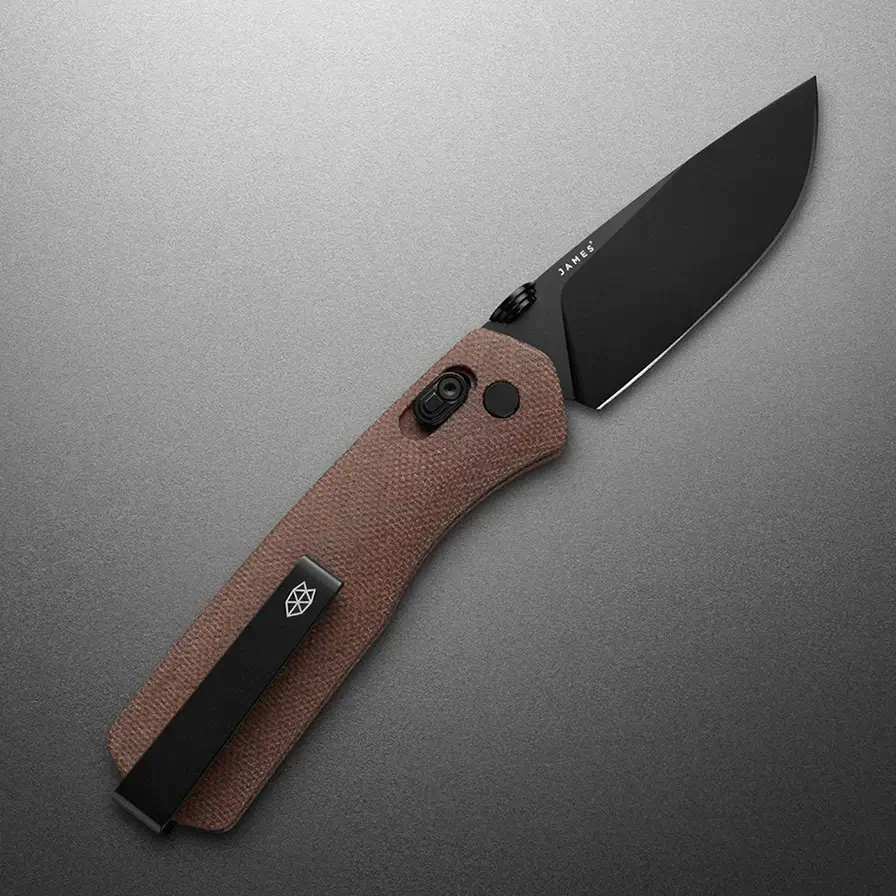
Whether you’re trekking through the foliage of the wild or driving on a seemingly endless road, you can rest assured The Carter will perform well in any scenario. The versatile EDC cutting tool has a 2.8” VG-10 drop point blade and a corrosion-resistant G10 or Micarta handle. It also features The James Brand’s new Ambi-Slider, which is an ergonomic ambidextrous locking mechanism. The Carter is the perfect sidekick if adventure happens wherever you roam.
SPECIFICATIONS
- 2.8” drop point VG-10 blade
- Micarta handle
- 416 Stainless steel/ black-oxide hardware
- Phosphor bronze washers
- Ambi-slider Locking mechanism
The Carter Knife
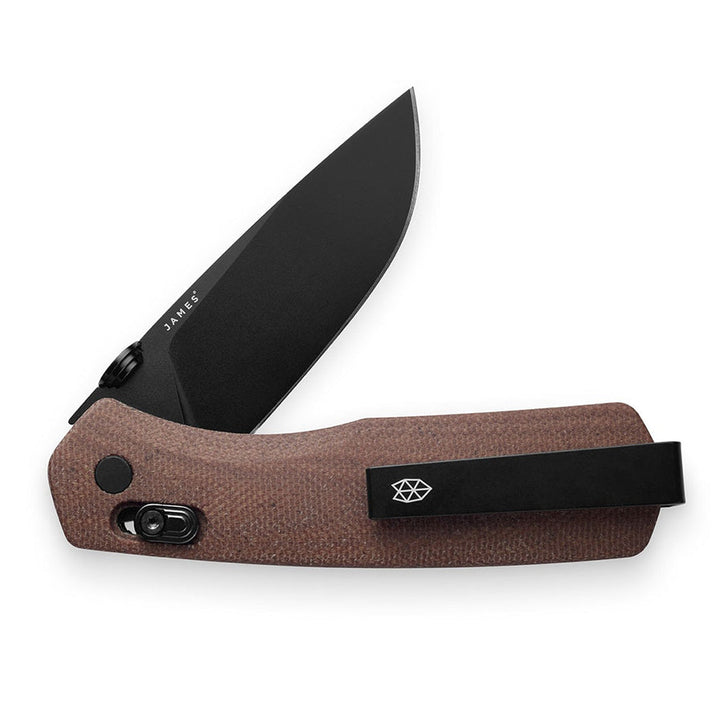
$169.00
[tab-section data-sc-active-background="#ffffff" data-sc-other-background="#ffffff" data-sc-color="#555555"][tab title="Details"] Whether you’re trekking through the foliage of the wild or driving on a seemingly endless road, you can rest assured The Carter will perform well in any scenario. The versatile EDC cutting tool has a 2.8”… read more
LINER LOCK
Originally called the Walker Linerlock, this type of lock was invented in 1981 by a jeweler-turned-knife-maker by the name of Michael Walker. It has since become one of the most common lock types available on the market for it's ease of use and reliability. A liner lock consists of a spring-loaded metal liner within the frame of the knife handle that remains under pressure when the knife is closed, but pops out when the blade is extended to wedge under the base of the blade, keeping it open. In order to close a liner lock knife, the wielder must press the liner away from the base of the blade and simultaneously fold the blade toward the handle.
While these knives are as easy to use as they are secure - and even offer the benefit of an ambidextrous grip - they are not as long-lasting as other lock types. Over time, the spring of the liner will wear down and the lock will become less reliable. That being said, many high quality liner lock knives are available for relatively cheap and that value more than makes up for the problem with their longevity.
THE RAT 1 LINERLOCK KNIFE FROM ONTARIO KNIFE COMPANY
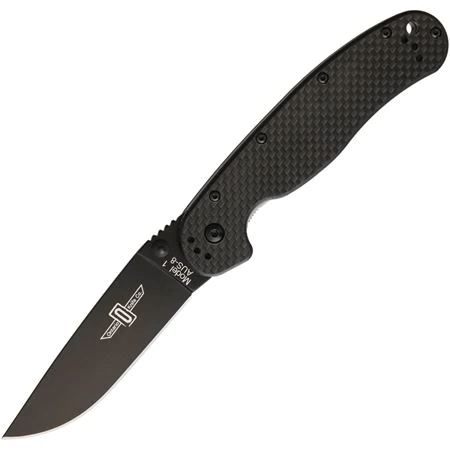
If you've heard of Randall's Adventure Training, you know they've been designing military-style knives as long as they've conducted survival trainings in the Peruvian jungles. While this knife is probably more suited to the urban jungle than the Amazon, the RAT 1 has become the standard-bearer of today's EDC folder. With a 3.6" AUS-8 stainless steel blade, and carbon fiber / G10 laminate handle you're getting an outstanding daily carry knife for a bargain price. Available with a Black or Satin finished blade.
SPECIFICATIONS
- AUS-8 stainless steel drop point blade
- Carbon Fiber/G10 Laminate
- Blade length: 3.6”
- Open length: 8.6"
- Liner lock
RAT 1 Linerlock Knife
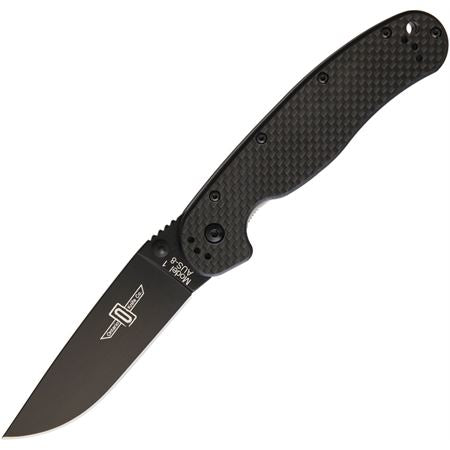
$49.00
[tab-section data-sc-active-background="#ffffff" data-sc-other-background="#ffffff" data-sc-color="#555555"][tab title="Details"] If you've heard of Randall's Adventure Training, you know they've been designing military-style knives as long as they've conducted survival trainings in the Peruvian jungles. While this knife is probably more suited to the urban… read more
FRAME LOCK
Operating very similarly, frame locks are kind of like the bigger and stronger version of the liner lock. The chief difference between the two is that, rather than being a separate liner within the handle, the handle itself is the lock. So when the blade is opened, a part of the handle springs into place beneath the opened blade and locks it into place. These kinds of locks have a much longer lifespan and are more secure, but they don't allow for an ambidextrous grip. And, if you want something left handed, your options are severely limited. That being said, frame lock knives can last through even the heaviest of tasks.
THE ZERO TOLERANCE HINDERER SLICER FLIPPER KNIFE
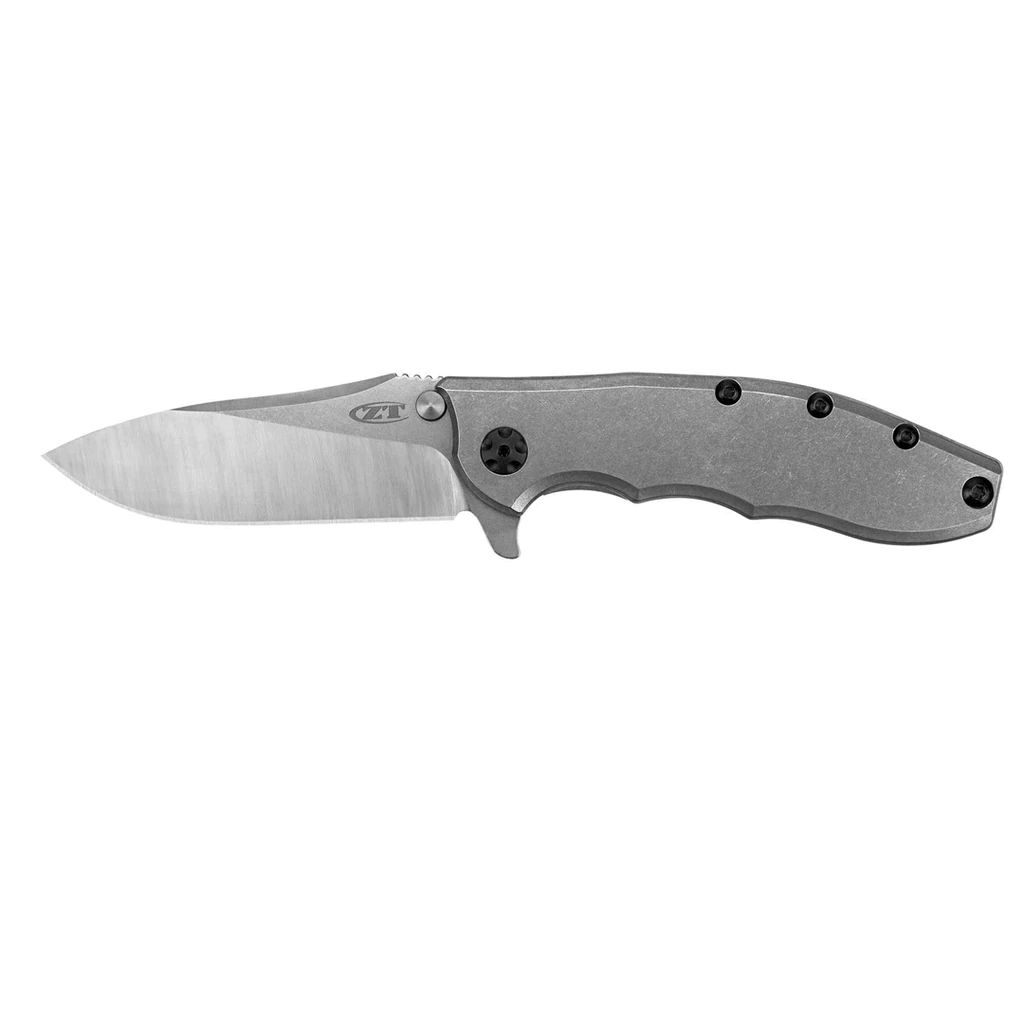
Designed by famous bladesmith Rick Hinderer, the 0562 features a flat-ground "slicer" grind paired with a CPM-20CV stainless steel blade. The framelock construction will keep your blade secure when open, including hardened steel lockbar inserts and lockbar stabilization. Easily deployed with a flip, the Hinderer slides effortlessly on Zero Tolerance's KVT opening system for a frictionless, satisfying open. This variation, the 0562TI features a stonewashed titanium handle.
SPECIFICATIONS
- Made in the USA
- CPM-20CV stainless steel blade for durability
- Corrosion resistant, and wear resistant
- Handle constructed from stonewashed titanium
- Reversible deep-carry clip
- 3.5" blade, 4.8" closed length
- 5.3 oz
LEGALITY
As is always the case when thinking about getting a knife, be sure to know the laws in your area and all areas into which you might carry one. While not as heavily policed as length and nature of the blade, certain locales have requirements even in regards to the type of locking mechanism you can have. While this doesn't apply so much in the United States, other countries have a much stricter set of rules and regulations surrounding how a knife is opened and via what method it stays open. Always remember to adhere as closely to the law as you can, unless you're willing to risk personal injury, jail time, or worse. And, if you don't know the law, look it up. Trust us; it isn't worth the risk.








